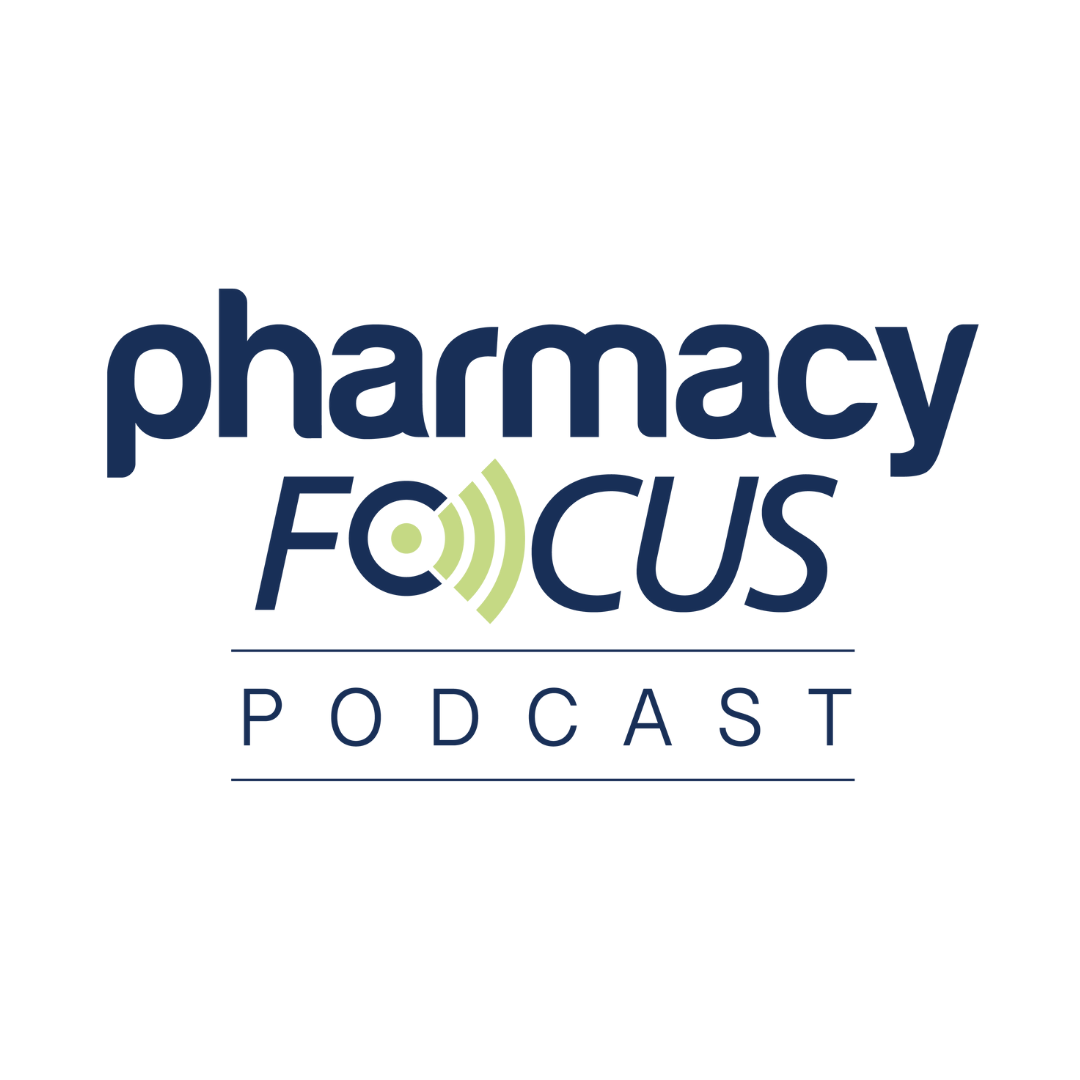Publication
Article
Pharmacy Times
Condition Watch: Biosimilars
Author(s):
Denosumab Biosimilar Shows Comparable Efficacy and Safety in Phase 3 Trial
Additional results from a phase 3 trial investigating CT-P41 (Celltrion) for postmenopausal women with osteoporosis (PMO) included data from the week 52 to week 78 expansion demonstrating similar efficacy and safety to the reference product.1 CT-P41 is a biosimilar candidate for denosumab (Prolia, Xgeva; Amgen).
Image credit: Aryan | stock.adobe.com

In the phase 3 study (NCT04757376), investigators used a double-blind, randomized, active-controlled design that compared the drug with the reference product for PMO. There were 4 study periods: an initial 28-day screening period, treatment period 1 (week 0 to week 52), treatment period 2 (week 52 to week 78), and an end-of-study visit at week 78.2
The primary efficacy end point was the percent change from baseline in lumbar spine mineral density at week 52, and secondary end points included percent change from baseline in bone mineral density for lumbar spine, total hip, and femoral neck at weeks 26, 52, and 78; incidences of new vertebral, nonvertebral, and hip fractures; and change from baseline in health-related quality of life at weeks 26, 52, and 78.2
Switching data demonstrated comparability and sustained efficacy results versus the reference product, according to the investigators. Further, the biosimilar was well tolerated and had a safety profile comparable to the reference product, with no notable safety issues identified following the transition compared with the maintenance group. The investigators also said the data show the impact of antidrug antibodies on pharmacokinetics, efficacy, safety, and treatment emergent adverse events.1
REFERENCES
1. Celltrion presents additional data from phase III randomized controlled trials to further support biosimilarity for CT-P41 (biosimilar candidate of denosumab) and CT-P47 (biosimilar candidate of tocilizumab) at American College of Rheumatology (ACR) Convergence 2024. News release. Celltrion. November 18, 2024. Accessed December 16, 2024. https://www.prnewswire.com/news-releases/celltrion-presents-additional-data-from-phase-iii-randomized-controlled-trials-to-further-support-biosimilarity-for-ct-41-biosimilar-candidate-of-denosumab-and-ct-p47-biosimilar-candidate-of-tocilizumab-at-american-college-of--302308791.html
2. Reginster JY, Czerwinski E, Wilk K, et al. Efficacy and safety of candidate biosimilar CT-P41 versus reference denosumab: a double-blind, randomized, active-controlled, phase 3 trial in postmenopausal women with osteoporosis. Osteoporos Int. 2024;35(11):1919-1930. doi:10.1007/s00198-024-07161-x
Association Between Financial Incentives and Biosimilar Prescriptions in Acute Care Hospitals
Financial incentives for hospitals could increase the utilization of biosimilars, specifically the adoption of oncology biosimilars, according to study findings published in PLoS One.1
Between 2007 and 2020, 16 biosimilars for oncology were approved by the FDA. Study authors acknowledged that biologics are expensive and result in a burden of health care costs, but biosimilars could help reduce this cost.1,2
Investigators aimed to identify an association between financial incentives and biosimilar uptake in favor of the reference product for oncology products. They gathered data from acute care hospitals that participated in the study, including more than 500 hospitals across Japan, from August 21 to November 20, 2023. Investigators included patients from 114 hospitals, 63 of which were eligible for financial incentives.
The results showed that financial incentives were related to an increase in the proportion of biosimilar prescriptions at 0.092 per month (95% CI, 0.040-0.145) compared with hospitals that were ineligible for incentives. The average monthly expenditures for both the biosimilar products and reference products for both hospital types decreased gradually, according to the investigators. However, the monthly expenditure was not significantly associated with the incentives, with the impact being 1872.958 (approximately $6.30; 95% CI, –120.918 to 3866.835).1
REFERENCES
1. Itoshima H, Takada D, Goto E, Sasaki N, Kunisawa S, Imanaka Y. The impact of financial incentives promoting biosimilar products in oncology: a quasi-experimental study using administrative data. PLoS One. 2024;19(11):e0312577. doi:10.1371/journal.pone.0312577
2. Bennett CL, Schoen MW, Hoque S, et al. Improving oncology biosimilar launches in the EU, the USA, and Japan: an updated policy review from the Southern Network on Adverse Reactions. Lancet Oncol. 2020;21(12):e575-e588. doi:10.1016/S1470-2045(20)30485-X
Study: Switching Rituximab Biosimilars Does Not Increase Adverse Events
New clinical safety data show that switching between rituximab biosimilars does not increase the risk of adverse events, according to study findings published in Cancers. The study authors said the evidence could alleviate concerns about biosimilar usage and safety.1
There are 3 rituximab biosimilars available in the US market: rituximab-abbs (Truxima; Teva), rituximab-pvvr (Ruxience; Pfizer), and rituximab-arrx (Riabni; Amgen). In study findings published in The American Journal of Managed Care, from 2019 to 2021, overall use of rituximab decreased by more than half, and biosimilar use increased to approximately 60%.2
In the current study, investigators collected information about adverse drug-related reactions connected to the use of rituximab as either the reference product or the biosimilar, specifically regarding switching between different products. They included patients with oncohematological diseases such as non-Hodgkin lymphoma and chronic lymphocytic leukemia.1
A total of 505 patients were included and received 3681 infusions, 77% of which were biosimilars, 19% subcutaneous rituximab, and 3% intravenous rituximab. Approximately 78% of patients did not switch, and 22% did.1
Investigators reported a higher incidence of adverse reactions among patients who did not switch medication, at 20.7% compared with 3.5% for those who switched. Events were reported most frequently during the first and second infusions, according to the study investigators.1
REFERENCES
1. Urru SAM, Mayer F, Spila Alegiani S, et al. The importance of real-world data in evaluating the safety of biosimilars: a descriptive study of clinical practice in an oncohematological Italian population. Cancers (Basel). 2024;16(19):3419. doi:10.3390/cancers16193419
2. Labdi BA, Elbeshbeshy RA, Winkler M, Johnson SG, Attridge RL. Rituximab reference vs biosimilar utilization for oncology vs nononcology indications. Am J Manag Care. Published online November 9, 2023. Accessed December 16, 2024. https://www.ajmc.com/view/rituximab-reference-vs-biosimilar-utilization-for-oncology-vs-nononcology-indications






